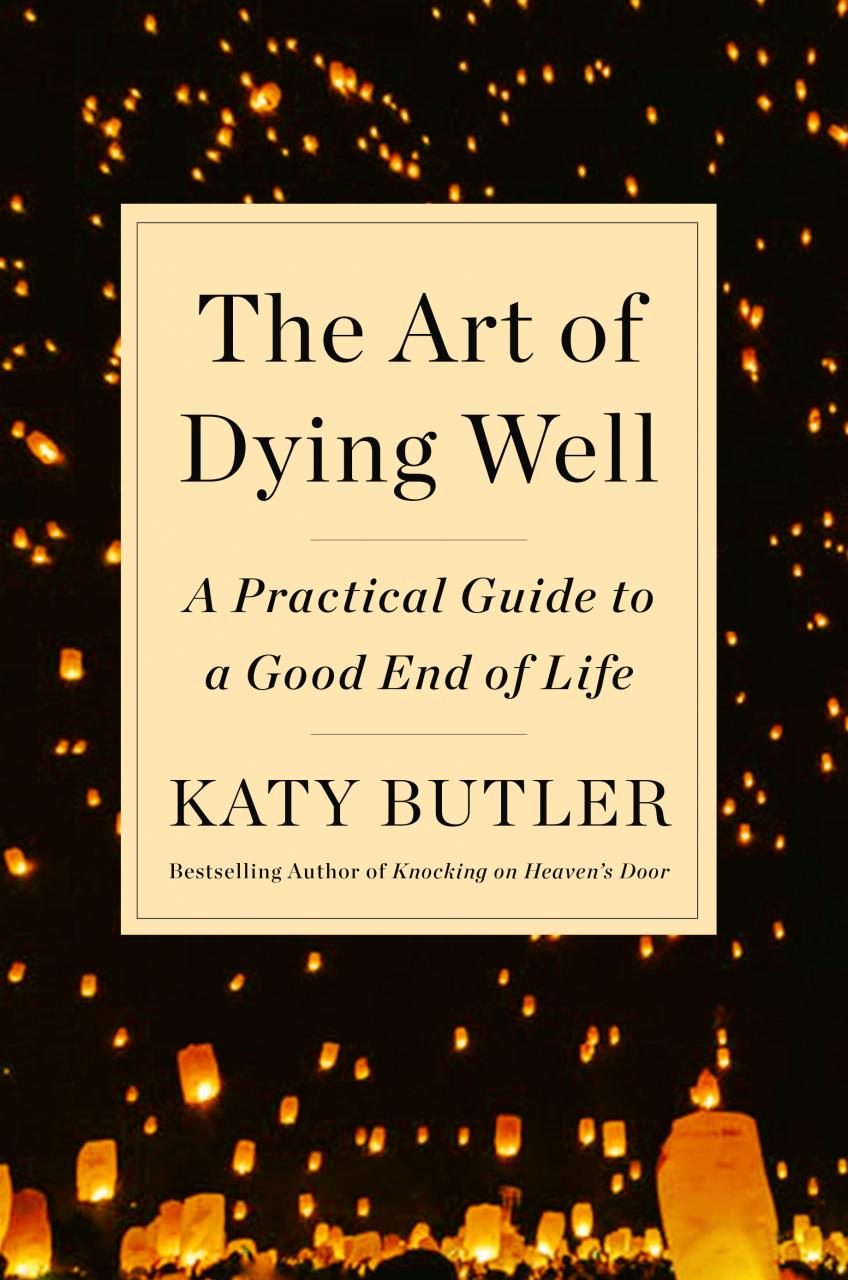Katy Butler
Award-Winning Science Journalist and Author
The Art of Dying Well: A Practical Guide to a Good End of Life
Advancements in modern medicine are giving us the ability to live longer and longer. Yet we’re losing touch with ways to handle the death of a loved one – and how to plan ahead for our own dying. Most of us say we want to die at home, comforted by friends and family. However, research shows more than two-thirds of us take our last breaths in sterile hospital rooms to the soundtrack of beeping monitors, or in institutions like nursing homes that often feel cold and unfamiliar.
In The Art of Dying Well: A Practical Guide to a Good End, award-winning science journalist and prominent end-of-life speaker Katy Butler seeks to restore an element of the sacred to the process of dying, and provides the tools to navigate a modern medical system that is inadequately designed to meet the needs of the elderly and patients managing prolonged illnesses. This crucial guide prepares readers for seven phases of late life, from vigorous old age to the final breath. Filled with life-affirming and relatable anecdotes, each chapter addresses a specific stage: Resilience, Slowing Down, Adaptation, Awareness of Mortality, House of Cards, Preparing for a Good Death, and Active Dying.
In the opening chapters, Ms. Butler provides a checklist those in their 50s and 60s should consider: building physical, social, and spiritual reserves, finding a medical advocate, and signing advance directives while discussing with friends and family what a “good death” means. There’s practical advice about how to enroll in an HMO or Medicare Advantage plan, schedule a medication review, plan financially for disability, and find caregivers. In the chapter Awareness of Mortality, Ms. Butler suggests pausing before making major medical decisions when faced with a terminal diagnosis, and she offers a comprehensive list of questions to ask doctors. Returning to geriatric care, the chapter House of Cards cautions against medical overtreatment, advises on the details of home-based care, and reassures readers intimidated by paperwork. The final chapters describe how to arrange hospice care, illuminate the five emotional tasks of dying, and lay the groundwork for ensuring the most peaceful passing possible.
Upcoming Events
Year of the Monkey: An Evening with Patti Smith
Patti Smith
Writer, performer, and visual artist
Evanston Township High School Auditorium
Live streaming video of this event will be available, beginning at 7:00 PM, on the ETHS Wildkits YouTube Live Stream channel.
Special thanks to DJ Jeff Pazen for pre- and post-event music!

The Power of Human: How Our Shared Humanity Can Help Us Create a Better World
Adam Waytz, Ph.D.
Associate Professor of Management and Organizations at Northwestern University’s Kellogg School of Management.
North Shore Country Day School Auditorium
The Great Juggling Act: Balancing Life as a Parent
Julie Morgenstern
Time-management and productivity specialist, and author of Organizing from the Inside Out, Never Check Email in the Morning, SHED Your Stuff, Change Your Life, and the brand-new Time to Parent: Organizing Your Life to Bring Out the Best in Your Child and You
New Trier High School, Northfield Campus, Cornog Auditorium



